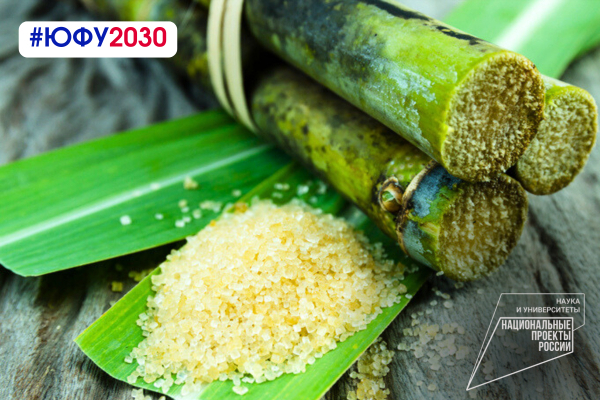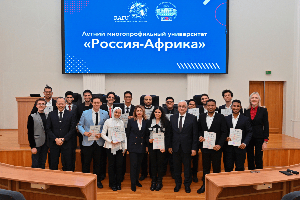
The reed cake material is not only effective, but also more affordable than traditional catalysts based on precious metals.
The team of the Research Laboratory of Functional Nanomaterials Technology of the Institute of Nanotechnology, Electronics and Instrumentation of the Southern Federal University conducted research on the creation of a new type of materials.
The work was carried out by a leading researcher, postdoc from India Rajatsing Kalusulingam under the guidance of a leading researcher at SFedU Tatyana Myasoedova within the framework of the Priority 2030 program (national project "Science and Universities").
"The research is aimed at finding cost-effective and scalable clean energy production processes by developing efficient electrocatalysts for splitting water. Traditional catalysts made of precious metals such as platinum and iridium are expensive and are not suitable for large–scale applications," Tatyana Myasoedova said.

The aim of the study is to create a new type of material from sugar cane waste (cake). It can be used as a catalyst in water splitting reactions to produce hydrogen and oxygen, which are environmentally friendly energy sources. This material, containing cobalt nanoparticles embedded in nitrogen-doped carbon, is not only effective, but also more affordable than traditional precious metal-based catalysts.
Base metals such as cobalt are much more common and cheaper compared to precious metals. Their use makes the production process more accessible and practical for large-scale production of clean energy, which is crucial to ensure widespread access to renewable energy sources, such as hydrogen.
The cheapness also explains the choice of sugar cane. Its cake is a waste product of the sugar industry, which makes it an inexpensive source of carbon. The use of these wastes makes it possible to find a way to recycle them, reduce the cost of producing a catalyst, which corresponds to the goals of sustainable development.

"The method we have developed is not unique, as other studies have also focused on the creation of carbon-based electrocatalysts. However, the method used in this study makes it possible to create a catalyst with better characteristics in water splitting reactions compared to other catalysts based on cobalt and carbon on a substrate, as well as those made of precious metals," Tatyana Myasoedova added.
Now the scientists of the Southern Federal University have carried out the fundamental part of the research, the team continues to work. One should not assume that the results obtained at the Southern Federal University will be applicable only in narrow scientific fields. Further work in this area is needed to improve the performance and scalability of catalysts, explore new materials, and possibly develop new applications for clean energy production.
The results can be applied in the field of renewable energy sources, in particular, in the production of hydrogen fuel by electrolysis of water. Hydrogen fuel is an environmentally friendly energy source that can power vehicles, industrial enterprises and even generate electricity. By making hydrogen production more affordable, the research contributes to the wider adoption of clean energy technologies.
The results of the study are presented and published in the scientific journal Colloids and Surfaces A: Physicochemical and Engineering Aspects.
Short link to this page sfedu.ru/news/75916




